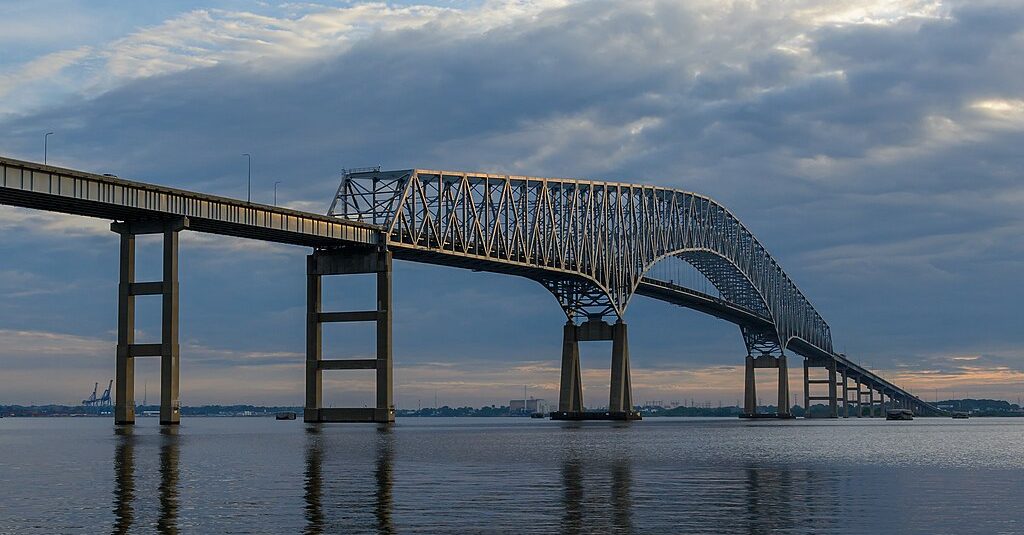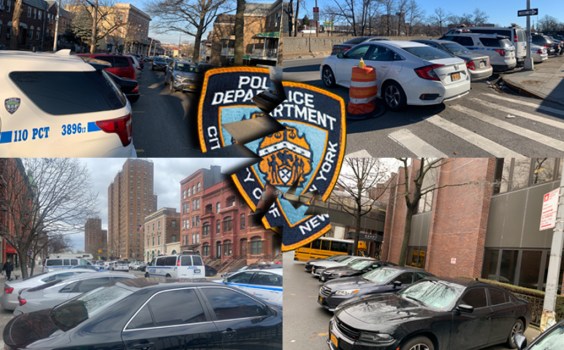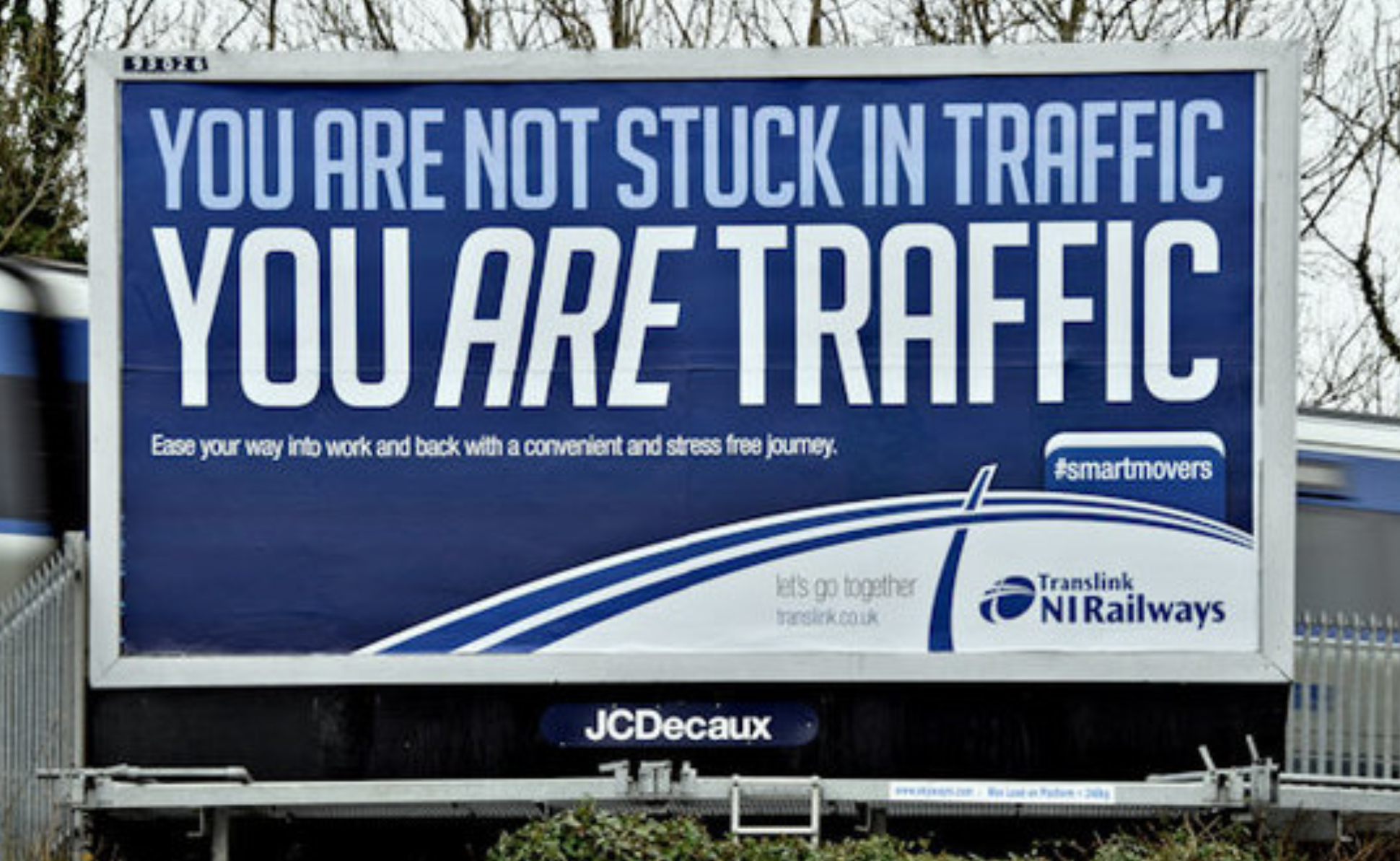- Vision Zero really can work: Jersey City bucked the national trend and recorded zero traffic deaths in 2022 — at least on city-owned streets. The city did it by embracing tactical urbanism, opening new parklets and starting an on-demand microtransit program. (City Lab)
- A court sided with California in a dispute over $12 billion in transit funding that the U.S. Department of Labor was trying to withhold. (Courthouse News Service)
- Louisville received $24 million in federal grants to add bus lanes on six-lane 9th Street and improve pedestrian safety. (WLKY)
- Denver is picking up the pace on bike lane construction after e-bikes exploded in popularity due to the city's rebate program. (Electrek)
- Ann Arbor officials want to spend 20 percent of the city's transportation budget on bike and pedestrian infrastructure, rather than usual 5 percent. (MLive)
- Most Seattle transit will be fare-free on New Year's Eve. (KOMO)
Here are a few headlines looking back on 2022:
- Major transit projects in Boston, New York, Los Angeles, San Francisco and Washington, D.C. were completed in 2022. (Smart Cities Dive)
- California passed laws decriminalizing jaywalking and making biking safer this year, but the state remains addicted to building freeways. (CalBike)
- Drivers killed 33 pedestrians in Portland this year, the most since 1948. (Willamette Week)
- Connecticut's 70 pedestrian deaths in 2022 were the most in 34 years. (Examiner)
- Philadelphia opened 10 miles of protected bike lanes this year. (Bicycle Coalition of Greater Philadelphia)
And a few looking forward to 2023:
- Washington, D.C. is adding several new bike lanes, a new metro station and traffic enforcement cameras in 2023, but alas, also widening roads and freeways. (DCist)
- Transit in Lawrence, Kansas, will be fare-free starting Monday. (Fox 4 KC)
- Tucson will keep the SunLink streetcar fare-free through June 30. (The Daily Wildcat)





